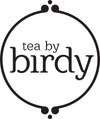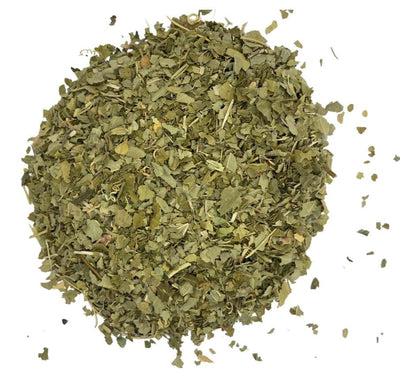The Language of 'Tea'

What is the difference between tea and herbal infusions or tisanes?

Types of Tea
Tea comes in many different types, each with its own unique flavour and brewing methods. Some of the most popular teas include black tea, green tea, oolong tea, and white tea. Each type of tea has a distinct flavour profile, and the language used to describe them can be quite different.
Tea Accessories
There are also many different accessories used in the preparation and consumption of tea. These include tea cups, teapots, strainers, and infusers. The language used to describe these accessories can be just as unique as the language used to describe the tea itself.
The language of 'tea'
Some common tea terms that you may encounter include:
- Steeping: The process of steeping tea involves soaking the tea leaves in hot water. The length of time that the tea is steeped can have a significant impact on the flavour of the tea. Steeping tea too long will make it bitter and care should be taken to ensure the tea is steeped for the recommended time.
- Infusion: An infusion is the liquid that results from steeping the tea leaves in hot water. The infusion is what you actually drink when you enjoy a cup of tea.
- Tisane: A tisane is a beverage made from steeping herbs, spices, or other plant materials in hot water. While not technically a tea, tisanes are often referred to as "herbal teas."
- Terroir: Terroir refers to the environmental factors that influence the flavour of tea leaves, including the soil, climate, and altitude where the tea is grown.
- Astringency: Astringency is the dry, puckering sensation that you may feel in your mouth when drinking tea. Astringency is caused by the presence of tannins in the tea leaves. Over brewing tea and squeezing teabags can lead to a high astringency.
- Mouthfeel: Mouthfeel refers to the sensation of the tea in your mouth, including its texture, body, and viscosity.
The language of tea is just as rich and diverse as the drink itself. Whether you're a tea enthusiast or just enjoy a cup every now and then, understanding the unique terminology used in the world of tea can help you appreciate and enjoy this beloved beverage even more.
If you are looking to try some new teas or accessories, check out our range for a variety of options. Happy sipping!







